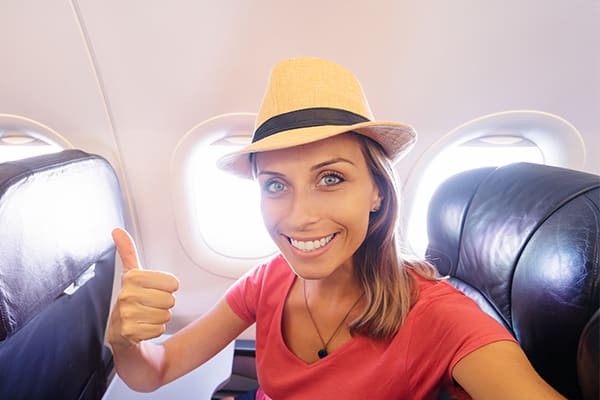MUMBAI: Despite the 108 service, comprising state-of-the art ambulances, being free, it continues to be underutilised across the state. The service provider believes there is a lack of awareness and a degree of hesitation to call for an ambulance.
As per Maharashtra Emergency Medical Services (MEMS), 10% of the 19.5 lakh emergencies served since January 2014 were in Pune, followed by 8% in Solapur and just 6% in Mumbai. The share of rural and tribal parts of the state is less than 3%, even though availability of avenues to reach a hospital is limited.
Ten districts, including Nandurbar, Gadchiroli, Gondia, Wardha, Hingoli, Washim, Ratnagiri, Sindhudurg, Raigad and Bhandara, have hardly availed of the free service. Together they accounted for merely 10% of the emergencies that 108 catered to since January 2014.
Dnyaneshwar Shelke, chief operating officer, MEMS, said, "We are culturally not conditioned to call an ambulance almost immediately. It needs to be instilled into people's minds that calling an ambulance at the right time will help recovery, and reduce hospital stay."
The deployment of ambulances, which depend on population density, is naturally more in the urban areas, which therefore have a bigger share in utilization of the service. But operators feel the use of ambulances in villages is improving. "When someone in the village uses an ambulance, others discuss it and know about it. So, the number of patients per ambulance in the rural parts is better and improving, as compared to cities," said Shelke.
As per Maharashtra Emergency Medical Services (MEMS), 10% of the 19.5 lakh emergencies served since January 2014 were in Pune, followed by 8% in Solapur and just 6% in Mumbai. The share of rural and tribal parts of the state is less than 3%, even though availability of avenues to reach a hospital is limited.
Ten districts, including Nandurbar, Gadchiroli, Gondia, Wardha, Hingoli, Washim, Ratnagiri, Sindhudurg, Raigad and Bhandara, have hardly availed of the free service. Together they accounted for merely 10% of the emergencies that 108 catered to since January 2014.
Dnyaneshwar Shelke, chief operating officer, MEMS, said, "We are culturally not conditioned to call an ambulance almost immediately. It needs to be instilled into people's minds that calling an ambulance at the right time will help recovery, and reduce hospital stay."
The deployment of ambulances, which depend on population density, is naturally more in the urban areas, which therefore have a bigger share in utilization of the service. But operators feel the use of ambulances in villages is improving. "When someone in the village uses an ambulance, others discuss it and know about it. So, the number of patients per ambulance in the rural parts is better and improving, as compared to cities," said Shelke.
Get latest news & live updates on the go on your pc with News App. Download The Times of India news app for your device.
















